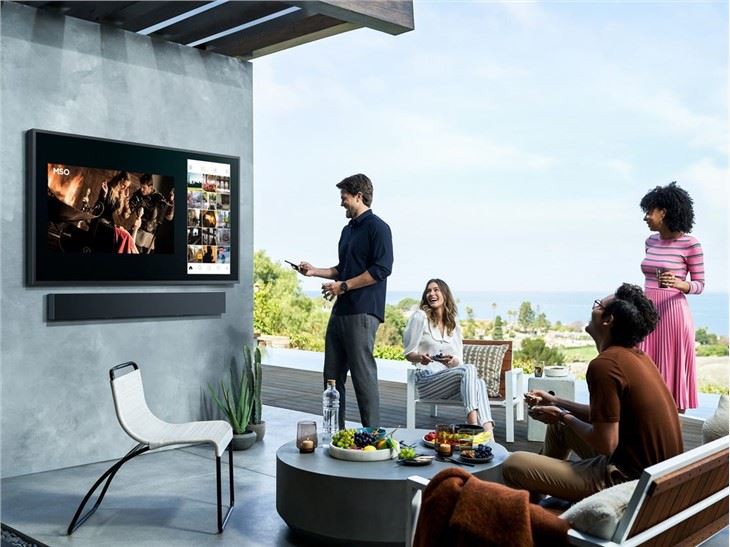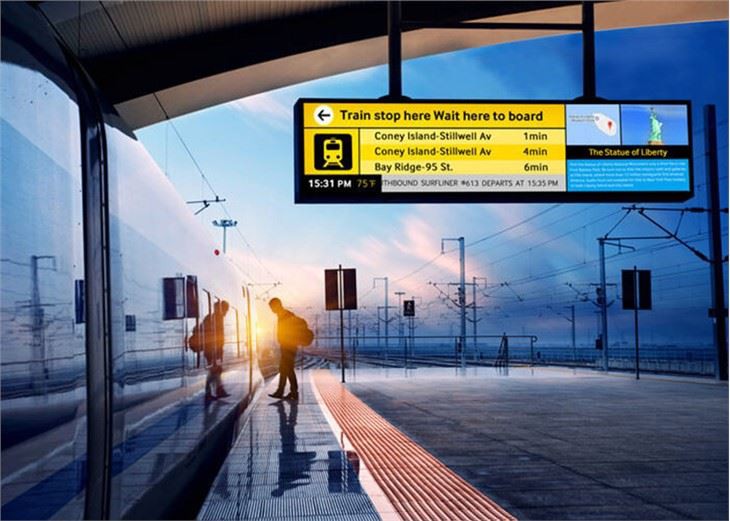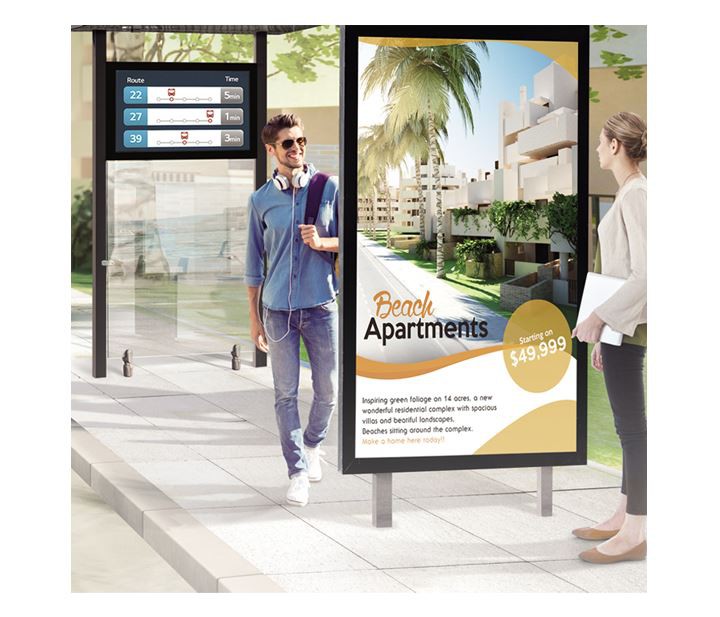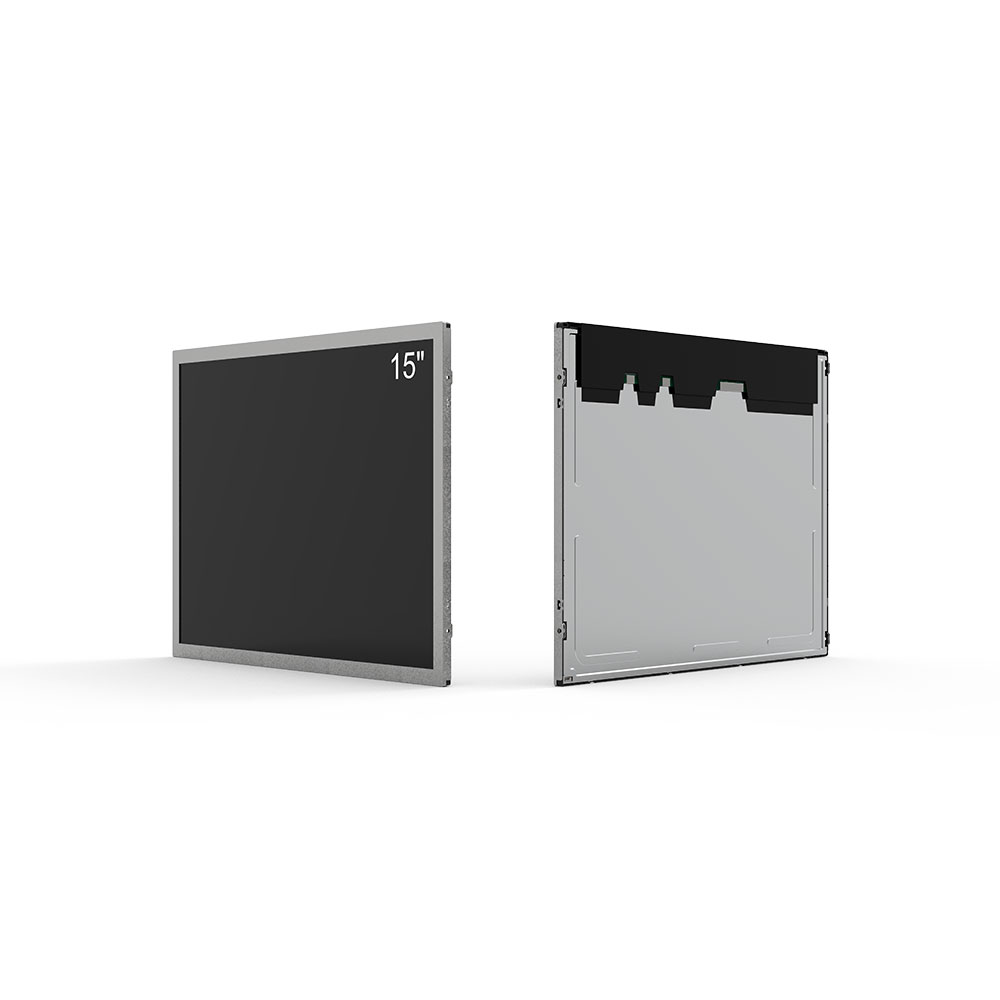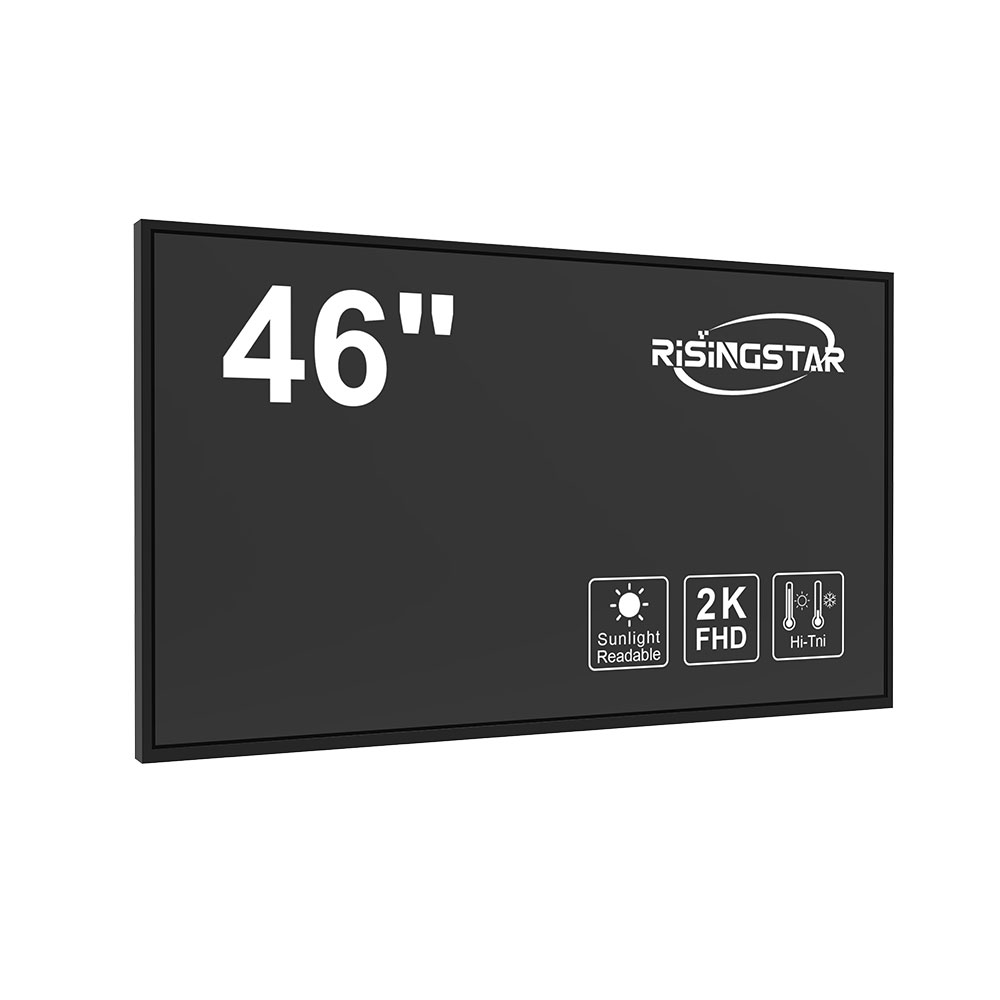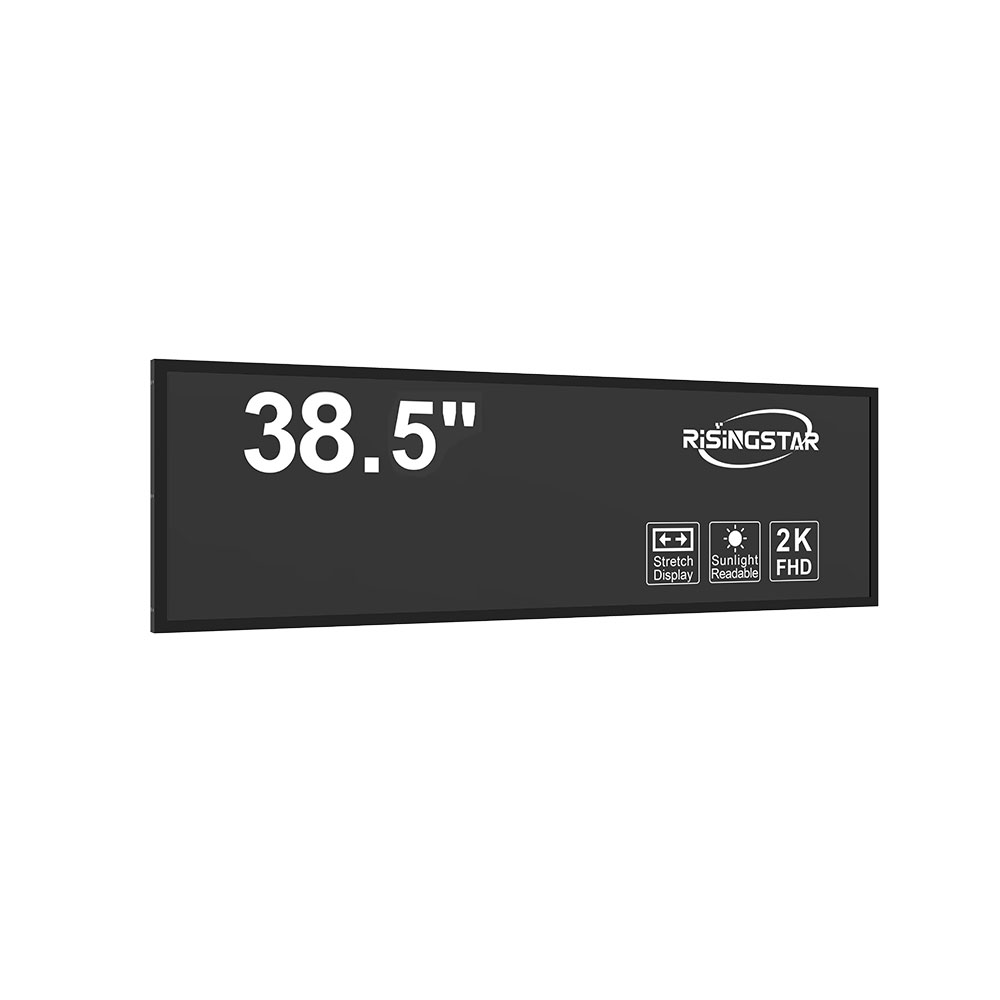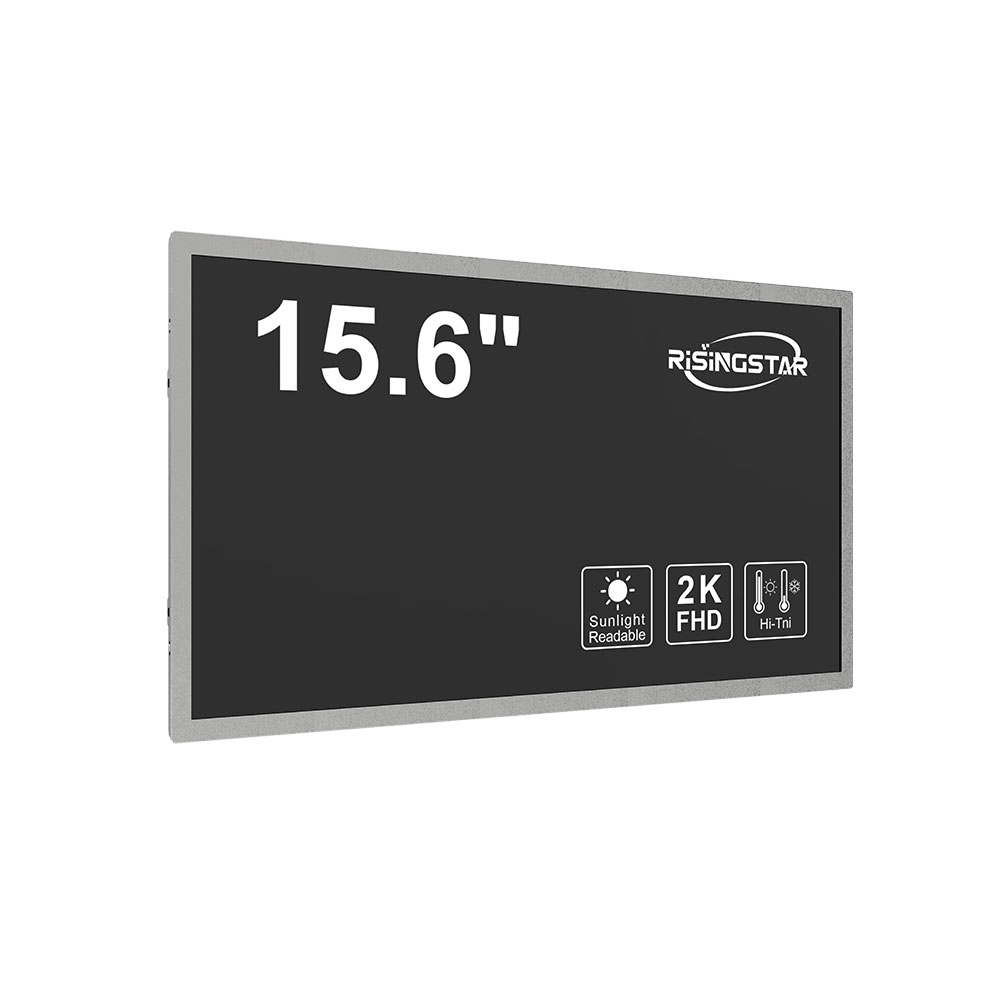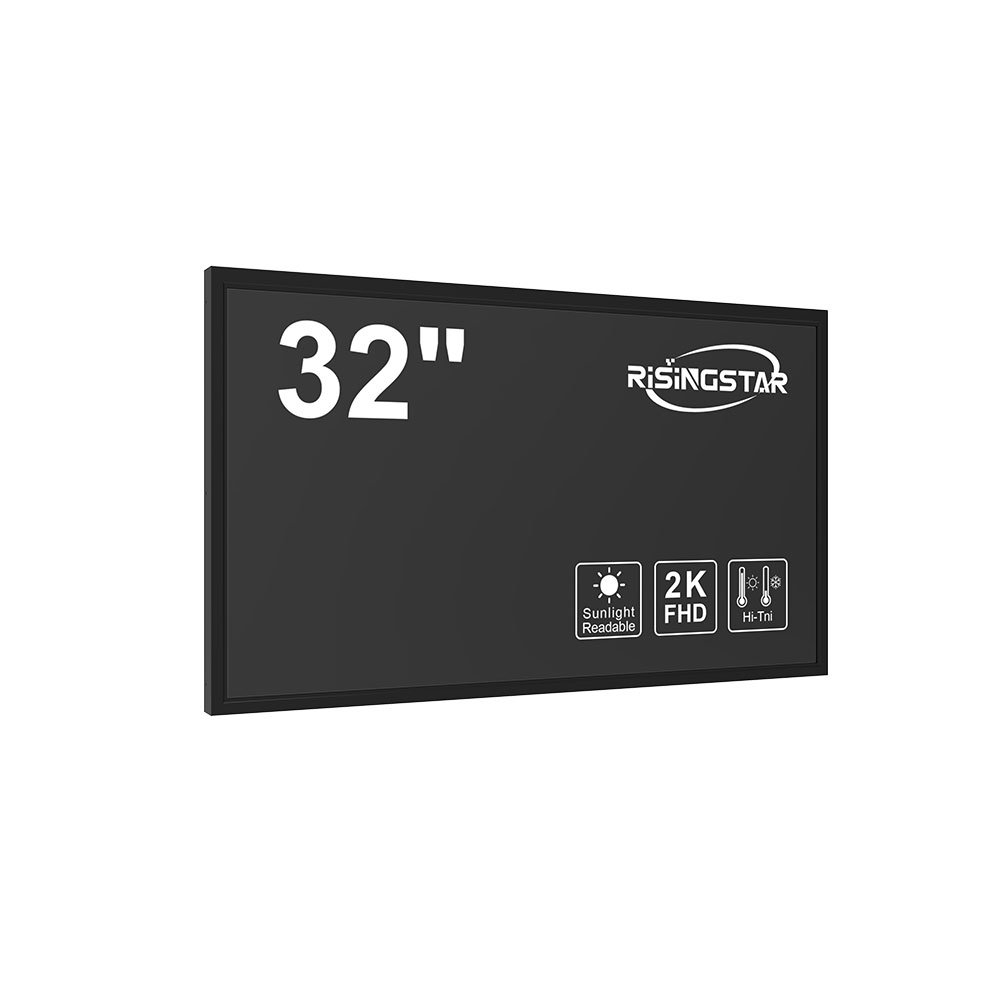В современных городских транспортных системах дисплеи информации о пассажирах (PID) стали важными инструментами для улучшения связи в режиме реального времени между транзитными операторами и путешественниками. Эти наружные ЖК-дисплеи высокой яркости специально разработаны для надежной работы в экстремальных условиях окружающей среды, таких как прямой солнечный свет, дождь, колебания температуры и пыль, сохраняя при этом читаемость и целостность работы. По данным Международной ассоциации общественного транспорта (МСОТ), более 70% крупных городов мира в настоящее время используют цифровые PID в автобусах, станциях метро, аэропортах и железнодорожных платформах для уменьшения путаницы среди пассажиров, повышения безопасности и поддержки эффективной мобильности.
Наружные ЖК-экраны высокой яркости обычно предлагают уровни яркости в диапазоне от 5000 до 10000 нит-намного превышающие 200-300 нит, обычные для внутренних дисплеев,-чтобы обеспечить видимость даже при полном дневном свете. Эта яркость достигается за счет передовых технологий светодиодной подсветки, таких как локальное затемнение или полноразмерная подсветка, которые улучшают контрастность и снижают энергопотребление. Например, тематическое исследование Samsung Display на развертывании PID лондонского метро показало, что панели с 7000 нит поддерживали четкую видимость в пиковые солнечные часы без перегрева или ухудшения качества изображения в течение 18 месяцев непрерывной работы.
Конструкция этих дисплеев также включает IP65 или более высокие рейтинги защиты от проникновения, чтобы противостоять воде, пыли и коррозии, что имеет решающее значение для установок вблизи входов в метро, автобусных остановок или прибрежных районов. Кроме того, прочные корпуса из алюминиевого сплава или поликарбонатных материалов обеспечивают механическую стойкость против вандализма, случайных ударов и суровых погодных явлений, таких как ураганы или сильный снегопад. Федеральная транзитная администрация (FTA) Министерства транспорта США предписывает, чтобы вся новая транзитная инфраструктура включала системы отображения, соответствующие стандартам ANSI/INCITS 456-2019, обеспечивая согласованность между регионами.
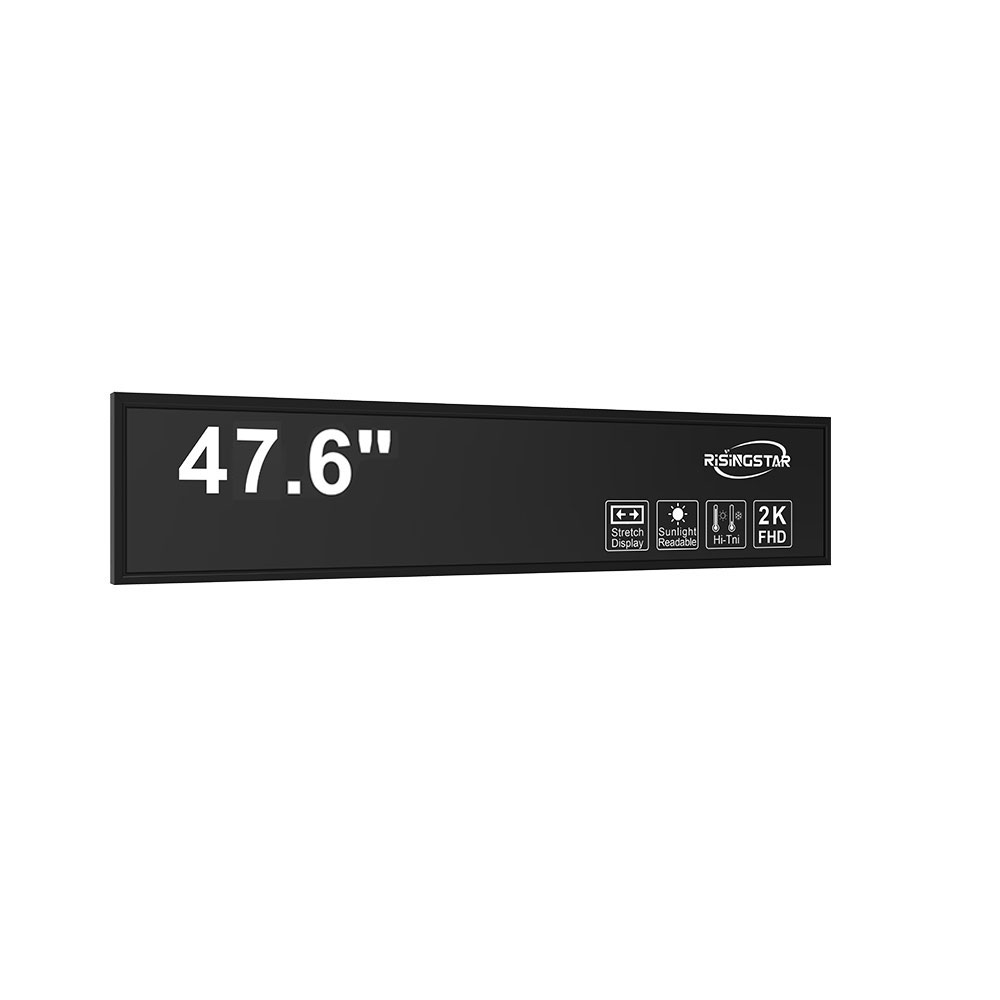
Современные PID-это не просто статические текстовые доски-они динамичны, интерактивны и часто интегрированы с потоками данных в реальном времени от систем GPS-слежения, программного обеспечения для управления трафиком и облачных платформ управления контентом. Например, Гонконгский MTR использует централизованную систему цифровых вывесок, которая обновляет время отправления, сбои в обслуживании и аварийные оповещения в течение нескольких секунд после ввода данных, значительно сокращая задержки, вызванные неправильным сообщением. Такие системы используют протоколы, такие как MQTT или HTTP/2, для обновлений с низкой задержкой и поддерживают такие функции, как автоматическая регулировка яркости на основе датчиков окружающего освещения-энергоэффективный подход, одобренный программой Energy Star.
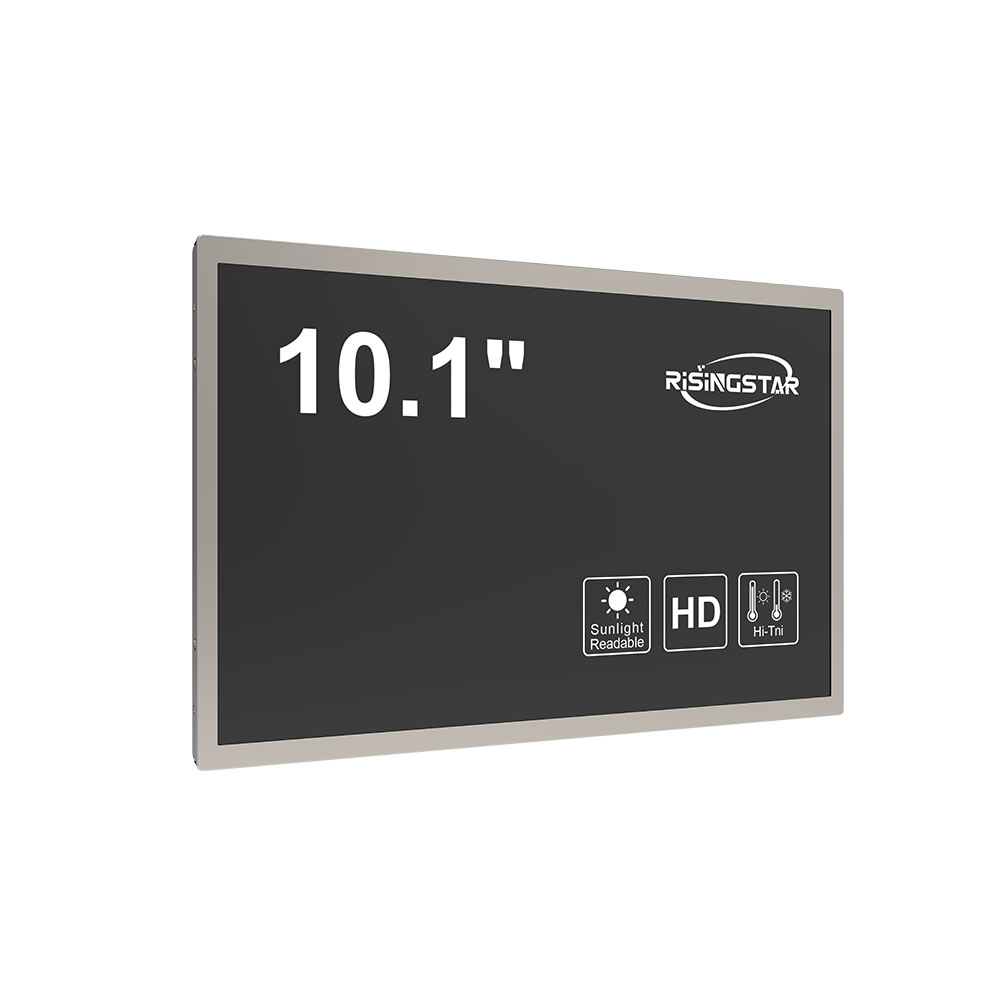
Техническое обслуживание и управление жизненным циклом являются критическими соображениями. В отличие от старых вывесок на основе ЭЛТ, современные наружные ЖК-дисплеи используют твердотельные компоненты со средним временем между сбоями (MTBF), превышающим 100 000 часов. Прогнозная аналитика с помощью мониторинга с поддержкой IoT позволяет транзитным агентствам активно заменять детали до отказа, сводя к минимуму время простоя. Согласно отчету MarketsandMarkets за 2023 год, мировой рынок интеллектуальных транспортных систем, включая PID, по прогнозам, достигнет 54 миллиардов долларов к 2028 году, в основном благодаря инициативам «умных городов» и спросу на устойчивую общественную инфраструктуру.
С точки зрения пользовательского опыта, доступность имеет первостепенное значение. Многие PID теперь поддерживают многоязычные интерфейсы, звуковые объявления для слабовидящих пассажиров и тактильные кнопки для интуитивного взаимодействия-все это соответствует рекомендациям ADA и ISO 21040. В Сингапуре Управление наземного транспорта (LTA) ввело двуязычные (английский и мандаринский) PID с возможностью передачи голоса на всех новых станциях MRT, что привело к 35%-ному увеличению показателей удовлетворенности водителей согласно опросу клиентов 2022 года.
В конечном счете, наружные высокояркие ЖК-информационные дисплеи для пассажиров представляют собой конвергенцию инженерной точности, ориентированного на человека дизайна и интеллектуальной инфраструктуры. По мере того, как города становятся все плотнее и более цифровыми, эти дисплеи будут продолжать развиваться-не только как информационные инструменты, но и как ключевые столпы устойчивых, справедливых и готовых к будущему городских экосистем мобильности.




